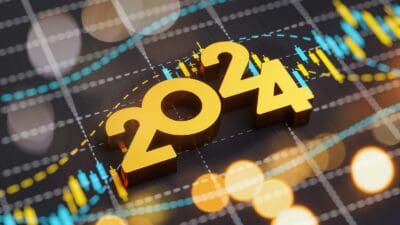China’s woes are a big headache for equity investors, but I think there is a bigger issue in the marketplace that is being overlooked at present — namely, dividend risk.
Risk
“Centrica plunged 8.5 percent after the biggest supplier of energy to UK households cut its dividend and reported a loss in 2014,” Bloomberg reported on 19 February.
“Standard Chartered slumped to a five-year low on Wednesday as investors priced in a potential dividend cut,” The Financial Times reported one month earlier.
Centrica and Standard Chartered are faced with a few problems, but other more solid companies, such as Diageo, SABMiller and even Unilever perhaps — all of them are well-known names in the debt markets — could be affected.
Their balance sheets are strong, but consider that:
- Diageo’s 2014 interest costs stand at about £455m, have been declining since 2012, and represent 37% of its total dividend.
- SABMiller’s 2014 interest costs stand at about $650m, have been declining since 2012, and represent 38% of its total dividend.
- Unilever’s 2014 interest costs stand at about €490m, have been declining since 2012, and represent 15% of its total dividend.
(By comparison, Reckitt‘s 2014 interest costs amount to only 5% of its total dividend for the year.)
Blame The Banks
Money markets provide short-term liquidity. They are unlikely to freeze overnight, as happened in 2008, but, more broadly, debt markets may become less friendly over time. “Lenders may become less willing to price risk at the same level we have seen in the last six years and in the run-up to the (credit) crunch,” a senior debt banker in the City told me this week.
Inevitably, higher interest costs will impact the bottom lines of companies whose balance sheets carry significant, albeit manageable, debt loads. That, in turn, would likely impact payout ratios. “Rising margins from additional efficiency measures are possible, but that’s been the headline story since 2008,” the banker added.
Bonds & Loans
The matter goes to the heart of banks’ strategy going forward. As their investment banking units either disappear or shrink, the contribution of their core business — lending money — may become more relevant to economic profits.
If the cost of debt rises and interest rates remain low into 2020 and beyond, certain companies will obviously deliver diminishing returns to their shareholders over time. The bond market, which tends to price credit risk more accurately, will adjust accordingly.
Loans have always been considered ancillary business at most global banks: they are essentially a “loss leader” instrument which, in some cases, doesn’t even cover for the cost of funding. A loan is essentially an obligation that allows the bank to charge much higher fees for other, more lucrative businesses, spanning advisory, new debt refinancings, equity rounds, and so forth.
For UK investors, who are known to pay attention to yield, this is certainly a risk worth considering.
Downside
Diageo, SAB, or even one of my favourite staples, Unilever, rely on debt financing to run their activities, which is nothing unusual — but their stocks may come under a huge amount of pressure if banks and bond investors do not perceive their risk as being properly reflected in the spread that these borrowers pay over Euribor, Libor and other benchmark rates.
Who else could be troubled, then?
There are plenty of candidates, really — such as utilities, most of which plan to grow dividends only in line with inflation.
The counterargument here is obvious: the balance sheets of most firms have significantly improved since the credit crunch and the net leverage of SAB, Diageo, and Unilever is manageable, while utilities are highly regulated, so in most cases their shareholders should be fine.







